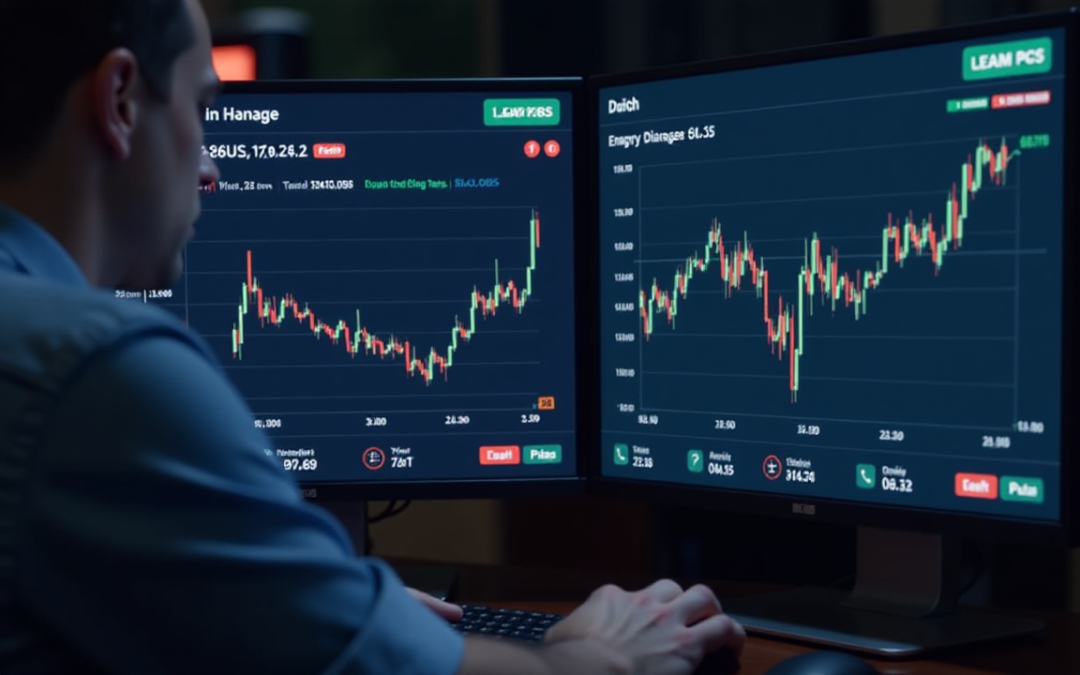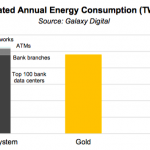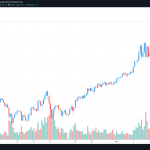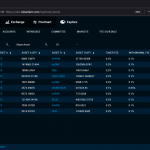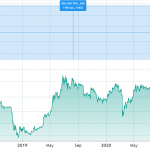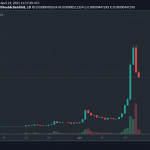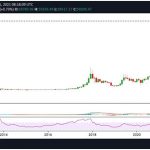- Bitcoin’s push toward new records was stopped by profit-taking, causing a price retreat from a high of $122,200 back to $118,500.
- A technical gap in the CME futures market between $117,430 and $119,000 has created a potential target for a short-term price pullback.
- Upcoming US inflation data, particularly the CPI, is considered the week’s most significant catalyst for potential market volatility.
A promising overnight surge that propelled Bitcoin within sight of new records was cut short by a wave of profit-taking, pulling the leading cryptocurrency back and setting a cautious tone for the week.
The market now holds its breath, caught between the allure of all-time highs and the looming shadow of critical economic data that could ignite significant price swings.
After reaching a session high of $122,200, Bitcoin (BTC) saw its momentum fade, retreating 2.8% to land at $118,500.
Despite the pullback, the digital asset remained slightly positive over a 24-hour period.
In the broader crypto market, Ether (ETH) maintained its position above the $4,200 mark, while major altcoins such as Solana’s SOL (SOL), Dogecoin (DOGE), and Sui’s native token (SUI) experienced modest dips of 3%-4%.
One technical indicator drawing considerable attention from traders is a “gap” left in the CME futures market, which, unlike the 24/7 crypto market, operates only on weekdays.
This created a void between Friday’s closing price of $117,430 and Monday’s higher open at $119,000.[3] James Van Straten, senior analyst at CoinDesk, noted that historical precedent suggests Bitcoin often retraces to “fill” such gaps.
“History suggests that BTC could pull back to revisit and ‘fill’ that gap,” he said.
Economic crosswinds
The market’s next significant directional move may well be dictated by macroeconomic forces.
The release of the US Consumer Price Index (CPI) on Tuesday, followed by Producer Price Index (PPI) data, is circled on every trader’s calendar.
These inflation reports are critical as they heavily influence the Federal Reserve’s monetary policy, which in turn impacts investor appetite for risk assets like Bitcoin.
This sentiment was echoed by analysts at the crypto exchange Bitfinex, who believe the continuation of Bitcoin’s momentum is contingent on these US economic reports.
“With market sensitivity to macro events running high, traders should prepare for increased volatility and the possibility of a retracement toward $110,000 in the near term,” the Bitfinex analysts wrote in a Monday market report.
They added, “We believe that the ranging conditions and oscillation between the range highs and lows will continue, since price is constantly moving above and below the cost-basis of fresh buyers allowing for charged sentiments around key macro data releases.”
A rally built on shaky ground?
Beneath the surface of the recent price surge, however, are signs that the rally lacked broad-based participation. In a recent report, the analytics firm Glassnode described the sharp rebound from below $114,000 as a shift from “seller exhaustion to a strong rebound near recent ATHs.”
Yet, this recovery was not accompanied by a surge in spot market buying.
Glassnode data revealed that spot trading volumes actually fell by 22% to $5.7 billion, a figure near the statistical low, suggesting the upward price movement was driven more by strategic “positioning shifts than deep conviction buying.”
While a metric known as the Spot Cumulative Volume Delta flipped 94% toward buy pressure—a sign that aggressive selling has subsided—it also points to renewed demand from a narrow base of traders rather than a widespread market rush.
On the institutional front, the data presents a mixed, albeit slightly optimistic, picture. Outflows from US-listed spot bitcoin ETFs were halved, dropping to $311 million from $686 million in the preceding week, offering some relief.
Even so, the total trade volume for these ETFs saw a 27.7% decline to $13.7 billion, indicating that overall activity remains subdued and close to its low band.

